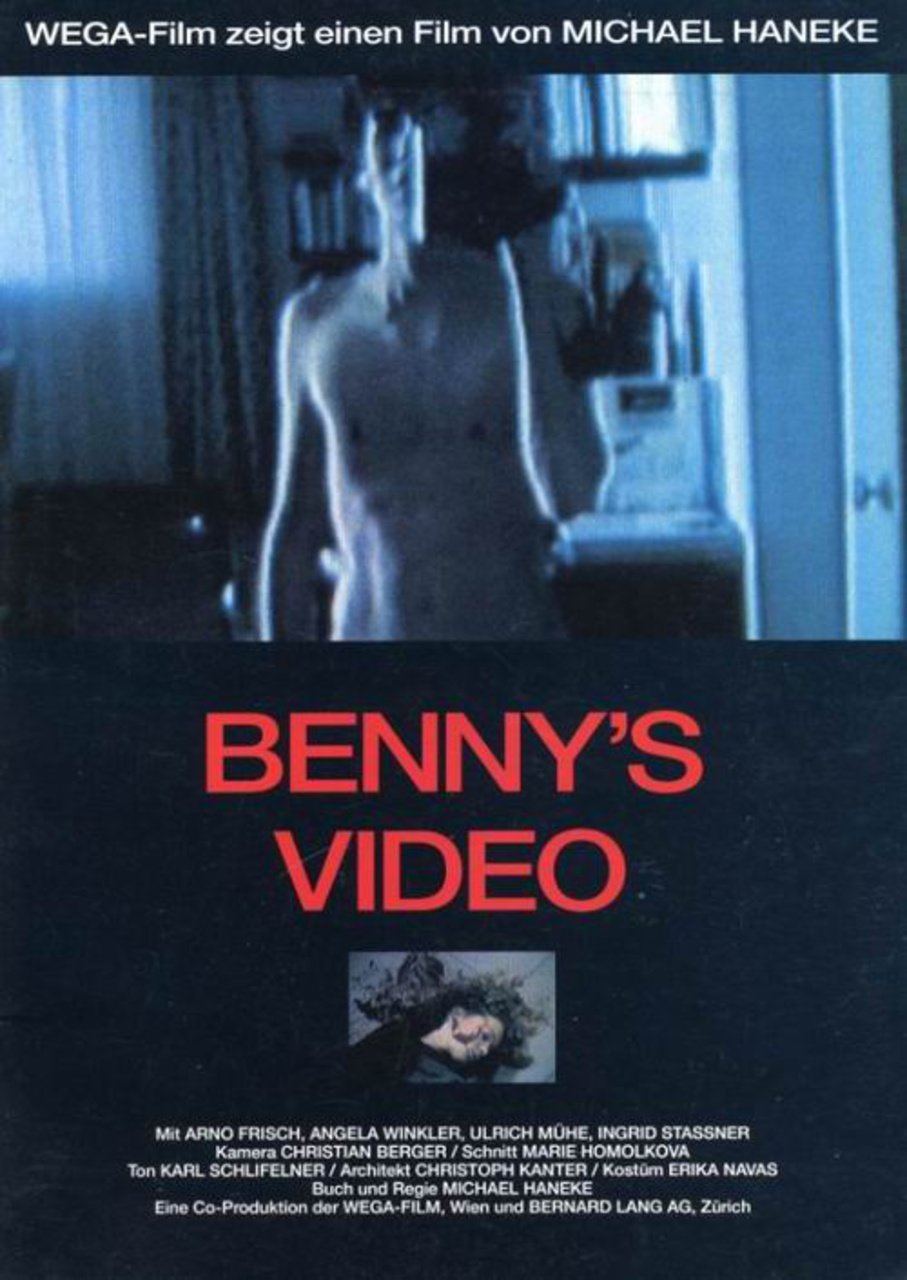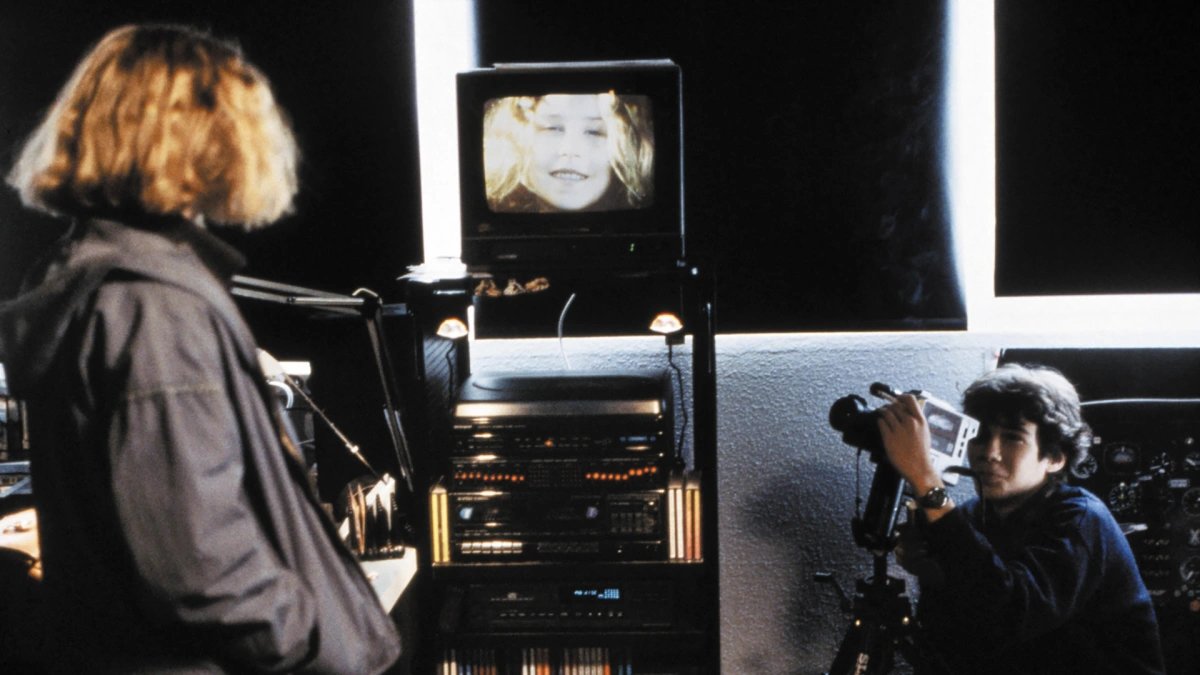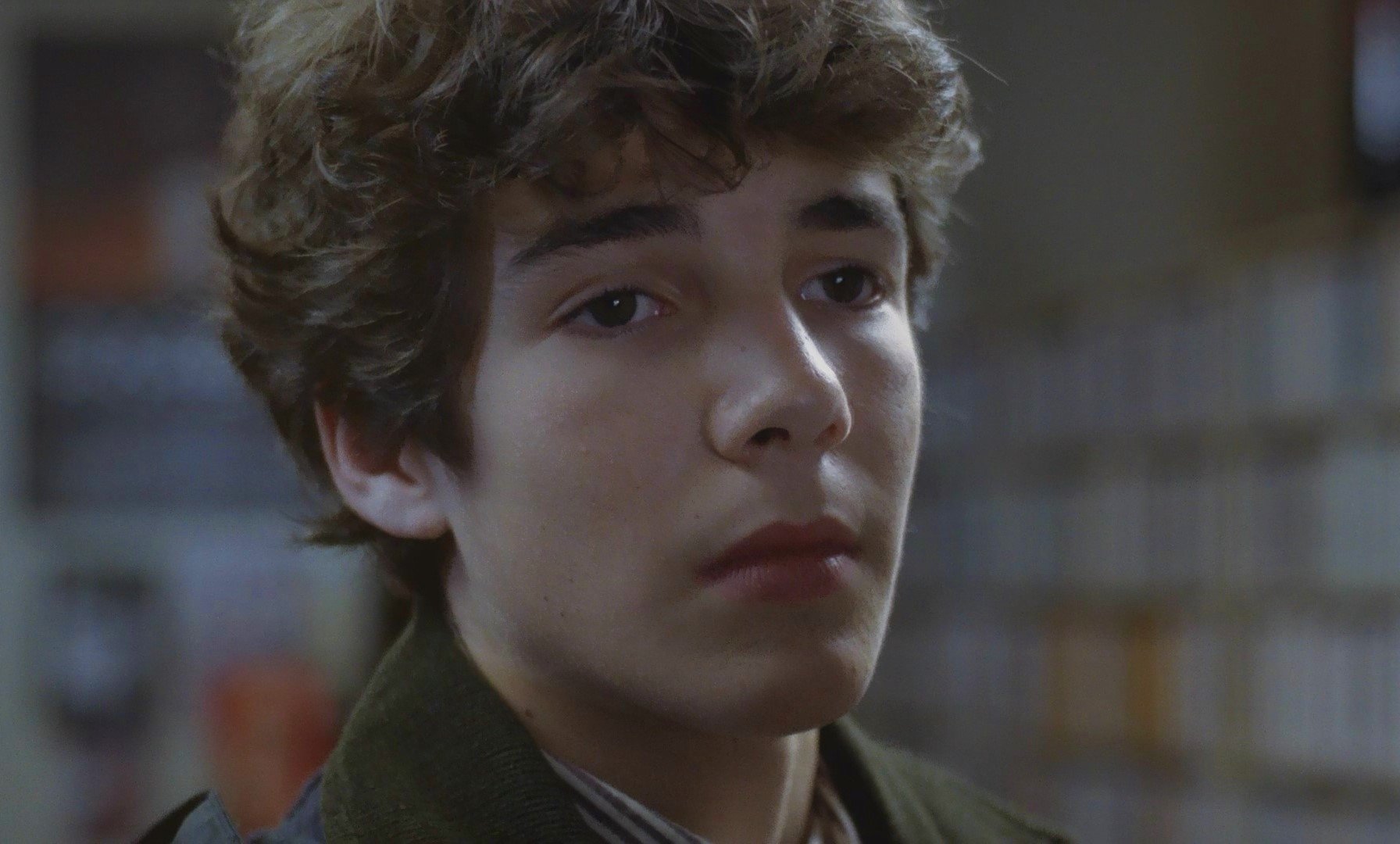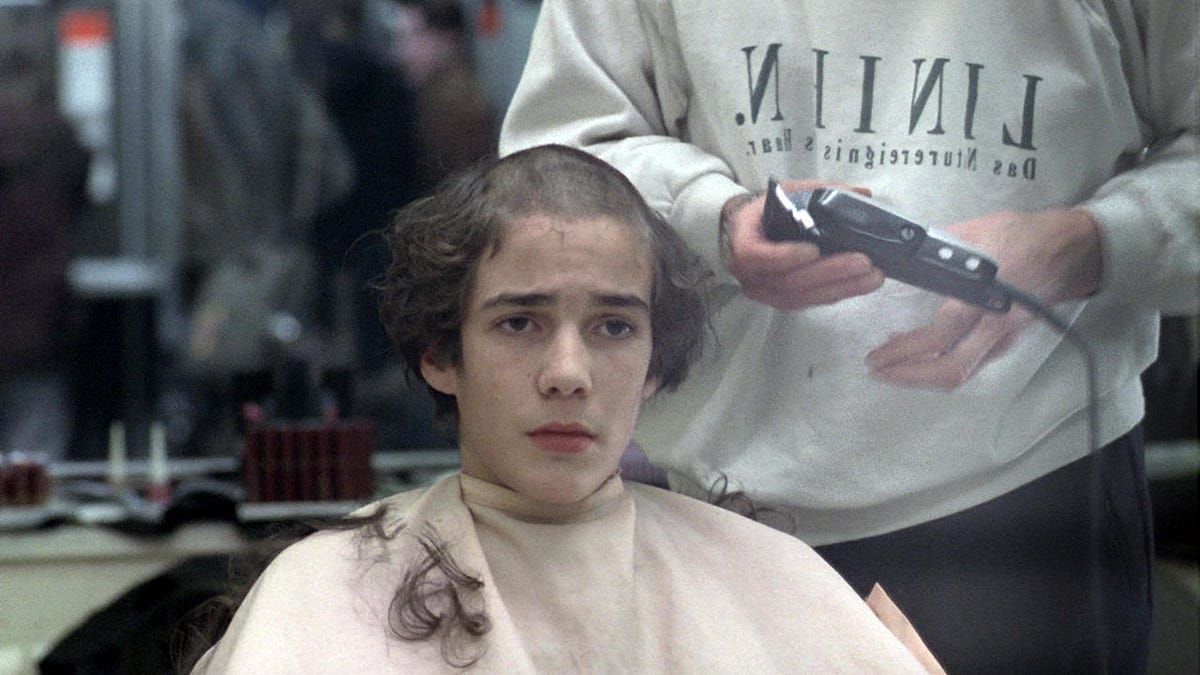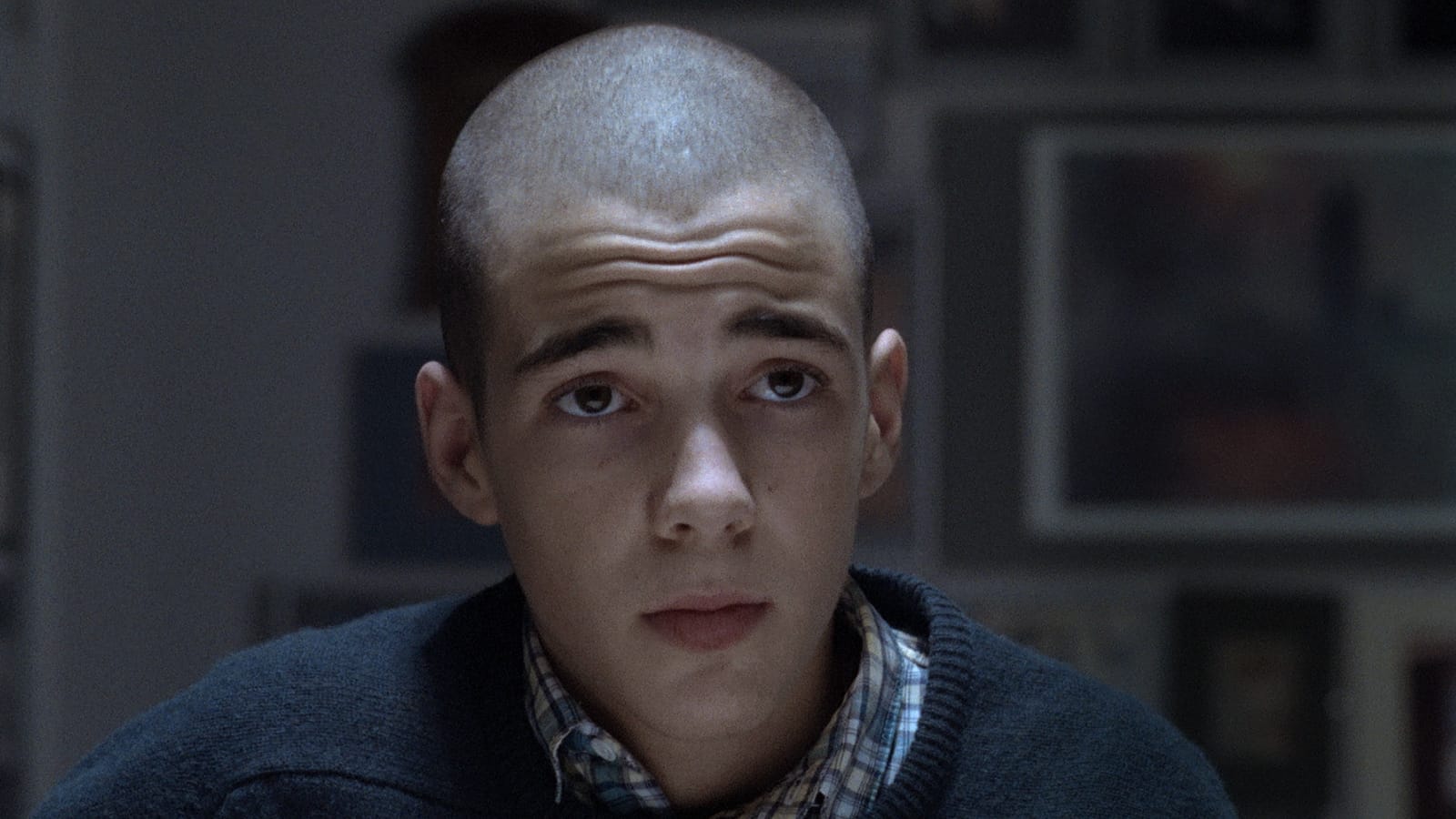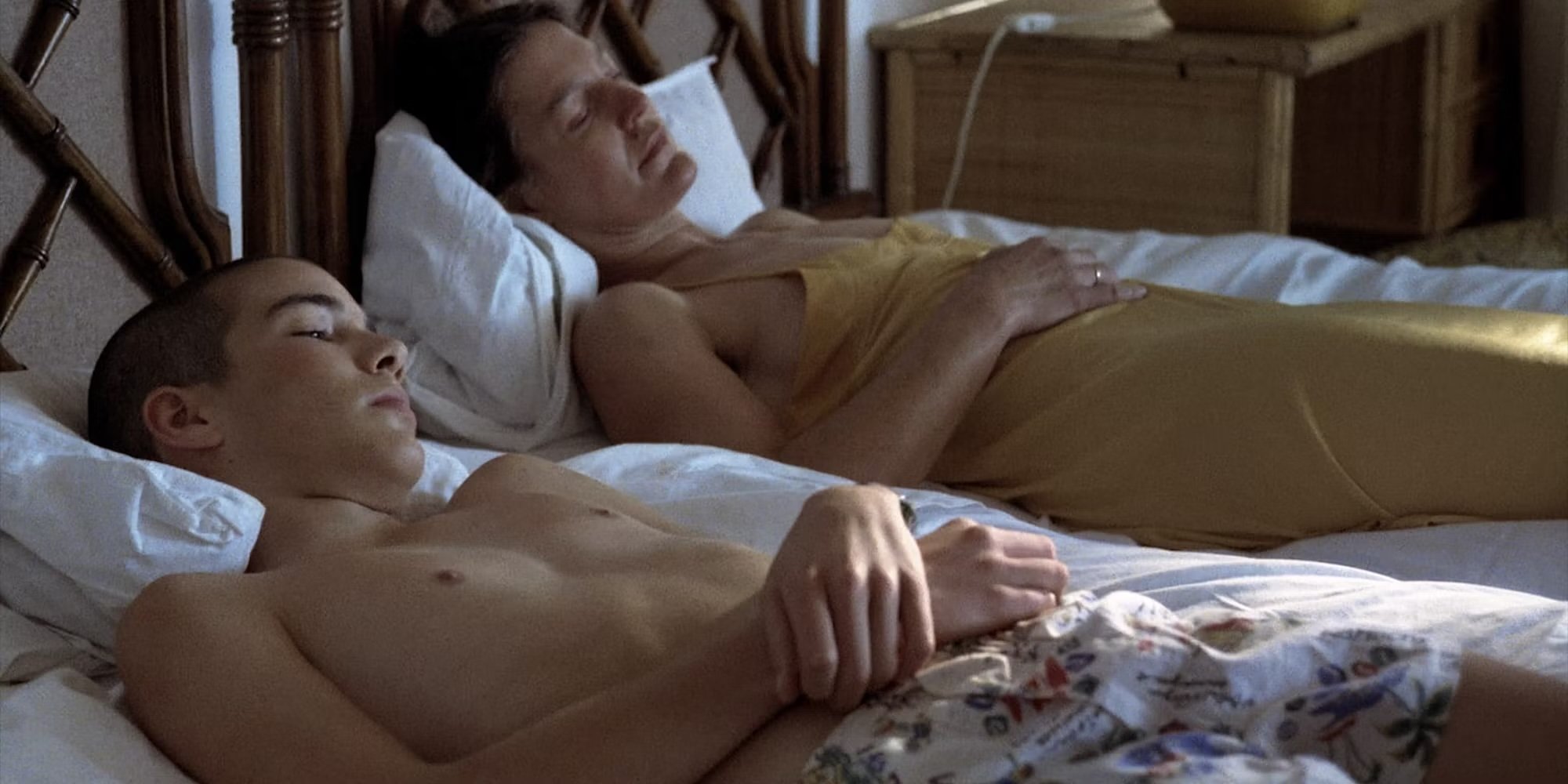Title: Benny’s Video
Director: Michael Haneke
Writers: Michael Haneke
Stars: Arno Frisch, Angela Winkler, and Ulrich Mühe
Year Released: 1992
Runtime: 110 minutes
Country: Austria, Switzerland
Aspect: 1.66:1
Not Merely Idle Reflections on the 1992 Michael Haneke film Benny's Video
Watching Serge Toubiana’s 2005 interview with Michael Haneke on Benny’s Video (1992) was revelatory, as was the segment on The Seventh Continent (1989). These films are respectively the second and first parts of the glaciation trilogy, of which 71 Fragments of a Chronology of Chance (1994) is the third..
A video arts grad student I met at Syracuse University last century made a rather facile distinction between dumb and smart artists (he called Bill Viola one of the former!). There is some point to this, in that being an artist does not require intellectual comprehension in order to make great works of art. In fact, Schelling writes about this in conclusion to the System of Transcendental Idealism. All this is to say, Haneke is tremendously insightful.
1. "Wanted To Know What It Was Like ..."
Before Haneke made the film he read about occurrence in which children had committed crimes and in explanation has said that they “wanted to know what it was like.”
Haneke draws an analogy with how tourists take photographs of everything they see on their vacations.
The salient point was that such for such people lived experience lacks reality, what is necessary to give such events meaning.
Lived experience is inadequate by itself. Without being film it slips away.
What it is filmed it becomes real.
I’m not sure why this stood out to me. By itself, this is not novel. Every knows about how tourists engage in these practices. Don DeLillo narrates this to hilarious effect in White Noise, in the protagonist’s hilarious tourist trip with a fellow professor.
But the notion of lacking reality is what stands out to me.
2. The Image Stultifies The Imagination.
The irony, right?
In order to produce profound emotional effects, Haneke recommends using sound. He says this while watching Benny’s video, after Benny has used the captive bolt gun on the girl for the first time, she is suffering, calling out for help. He tries a second time. And then, after the third shot, silence.
In this example, it is silence, the absence of sound, which is what is effective.
But what Haneke means is that the image stops the imagination from … constructing.
3. "L'image Est Fini"
Think of what we seek from the other person: the image. We need to see the other in order for us to believe that we have some knowledge.
So long as we cannot see, judgment cannot be exercised.
But also, that the image cannot respond. The image cannot hurt you. But also that you do not have to respond — you have no obligation to the image.
4. Sound Is Evocative Where the Image Cannot Be
Think of the power of soundtracks in films. Not merely, like in High Fidelity (2000) in which associations with the songs that are played evoke feelings. But non-narrative music, more strongly, as found in, for example, all of the Star Wars franchise but most importantly in John Williams’ theme.
Much of what is considered a Hollywood film (Silverado (1985), for example) employs this.
5. Film, Like Music, Is About Timing, Comments Michael Haneke
First things first: music has always been a sort of intellectual black hole for me.
I’ve grown up with it, obviously, in a way that would have been alien to anyone living before the late twentieth century — and therefore most of human history! Listening to the music that is not being performed at the same time, in the same place.
In short, I appreciate its power, both in terms of my own history as much as in terms of the history preceding me (Nietzsche on Wagner, the communal singing event as in Joseph Losey’s The Go-Between (1971), the hymn [full stop!], the “little phrase” of Swann’s Way, or that at the beginning of every chapter of W.E.B. Du Bois’ Souls of Black Folks.
But how does one speak meaningfully of music and its effects?
I’ve never doubted the ability to write about film. There are always words to describe the objects within images, for the most part.
6. “Make Reality Into Something Playable”
Benny makes reality into something playable, from the beginning of the film to the end.
He has a camera in his room that is to take the place of his windows. Although the room has windows (he’s never watched Rear Window (1954), clearly.
When we see him filming tourists in Egypt, it is so familiar. But it’s been going on since the film began. The security camera, ubiquitous.
Benny’s Video is about Parental Neglect
When Benny finally arrives back at his house, after his parents have returned from their weekend vacation, one thinks that all of the machinery of the police and media will begin. One assumes (I assumed, and I am clearly everyone).
Benny’s father, in conversation with his mother, points out that apart from what will happen to Benny — that his life will be over — that they will be affected by it. The mother is on the verge of hysterical laughter. They discuss disposing of the body. They seem uncertain whether this is what they will do.
And then Benny and his mother travel to Egypt. There, finally, his mother breaks down in acknowledgment of the murder committed and what they are all now involved in.
They return from their vacation and everything has been taken care of. The body hitherto in the closet is no longer there. No one mentions it. The father is happy to see them. The father tells Benny he loves him. Benny fails to respond … the father doesn’t explode or even show his emotion, yet it’s plain that Benny owes his father. The least he could do is say thank you. That he loves his father too.
And then Benny is confessing to the police, while they watch the video of his parents’ voices discussing cutting the body into little pieces. Then he asks if he can go. Cut.
And then Benny is apologizing to his parents.
Benny’s Video is about a catastrophe — namely, a boy who has murdered, stupidly and guilelessly, a girl that he’d just met — that his parents manage to make worse — by deciding to conceal it. And then the boy turns in his parents.
The ending is kind of hilarious, but it’s hard to laugh at at the moment.

